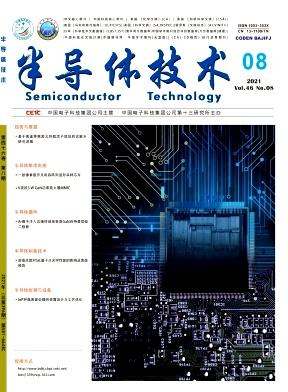Sidewall clean effect upon titanium salicide filaments
引用次数: 2
Abstract
The susceptibility of a self-aligned titanium silicide (salicide) process to the occurrence of conductive sidewall filaments is shown to depend upon the type of wafer cleans that are used prior to the titanium deposition. Aggressive cleans that are predominantly used for resist stripping were implemented immediately following the blanket plasma etch processes that define the sidewall nitride spacers on polysilicon gates. These cleans were effective in reducing the incidence of unwanted filaments between the polysilicon gates and the source/drain regions, as evidenced electrically using parametric test structures and physically via transmission electron microscopy (TEM) characterization. Two mechanisms to explain the efficacy of the cleans are hypothesized and discussed.水化钛丝的侧壁清洁效应
自对准硅化钛(水化钛)工艺对导电侧壁丝的敏感性取决于在钛沉积之前使用的晶圆清洗类型。在对多晶硅栅极上的侧壁氮化隔层进行覆盖等离子蚀刻处理后,立即实施了主要用于抗蚀剂剥离的强力清洗。这些清洁有效地减少了多晶硅栅极和源/漏区之间不需要的细丝的发生率,通过参数化测试结构和物理通过透射电子显微镜(TEM)表征证明了这一点。我们假设并讨论了两种解释清洁效果的机制。
本文章由计算机程序翻译,如有差异,请以英文原文为准。
求助全文
约1分钟内获得全文
求助全文

 求助内容:
求助内容: 应助结果提醒方式:
应助结果提醒方式:


